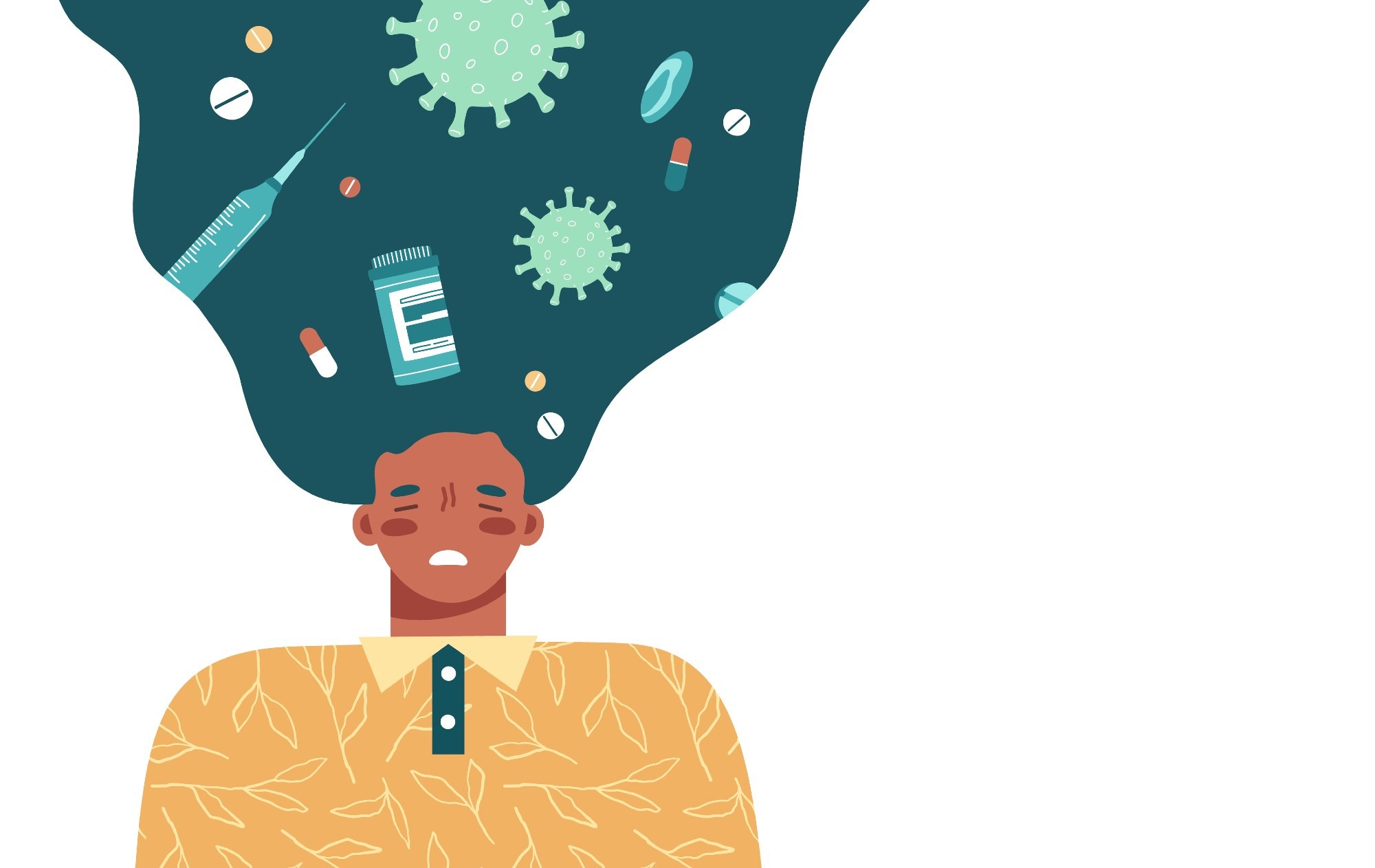In a recent study published in PLOS ONE, researchers characterized the burden of post-acute sequelae of coronavirus disease 2019 (COVID-19) [PASC] in community-dwelling individuals.
 Study: “Living like an empty gas tank with a leak”: Mixed methods study on post-acute sequelae of COVID-19. Image Credit: Sonko Drimko/Shutterstock
Study: “Living like an empty gas tank with a leak”: Mixed methods study on post-acute sequelae of COVID-19. Image Credit: Sonko Drimko/Shutterstock
Background
Individuals surviving COVID-19 may experience PASC or long COVID. According to the World Health Organization (WHO), PASC is a condition in those with a history of severe acute respiratory syndrome coronavirus 2 (SARS-CoV-2) infection three months from the onset of COVID-19, with symptoms persisting for at least two months and cannot be explained by alternative diagnoses.
The common PASC symptoms include fatigue, cognitive dysfunction, and shortness of breath, which may persist from the initial illness or might be new-onset. The burden of PASC remains substantial, affecting up to 40% of individuals with COVID-19. These COVID-19 sequelae have critical implications for the health of individuals with multimorbidity and those at risk for chronic diseases.
About the study
In the present study, researchers explored the experiences of PASC in a cohort of community-dwelling adult individuals who had COVID-19 by implementing a convergent mixed methods design. These methods involve the collection and analysis of qualitative and quantitative data. Qualitative interviews allowed for understanding the experiences of those at an elevated risk of severe COVID-19 and who had cardiovascular disease (CVD).
The quantitative arm involved the assessment of PASC symptoms lingering after acute COVID-19. Subjects aged 18 or older with COVID-19 were recruited from a COVID-19 recruitment registry. Baseline information was collected from November 2021 to January 2022. Qualitative interviews were voluntary and conducted between January 13 and February 4, 2022, for an average of 50 minutes.
A semi-structured interview guide with open-ended items and probes was developed to understand participants’ experiences. The interview explored PASC experiences and their impact on quality of life, with specific probes for activity intolerance, fatigue, coping mechanisms, and care-seeking behaviors.
Self-administered surveys captured information on sociodemographic characteristics, SARS-CoV-2 testing, exposure, vaccination, and morbidities, such as CVD, hypertension, dyslipidemia, cancer, asthma, and kidney disease, among others.
PASC symptom questionnaires were developed, and symptoms were categorized by body systems. PROMIS Scale Global Health was used to assess the quality of life and physical and mental health. Fatigue was assessed using the 13-item Functional Assessment of Chronic Illness Therapy. Qualitative and quantitative data were compared to determine divergence or convergence.
Findings
In total, 442 participants, with a mean age of 45.4, were included in this study. Most participants were females (71%) and White (72.9%). Around 12% of participants were hospitalized for an average of 9.8 days. Approximately 91% of participants had been vaccinated for COVID-19 with at least one dose; 74% tested positive for COVID-19 before vaccination.
Individuals reporting PASC symptoms were older, more likely females, comorbid, and required hospitalization during COVID-19. 29% of participants reported having cardiovascular (CV) risk factors before COVID-19, and 77% reported PASC symptoms. Cardiac-related PASC was reported by 43% of participants, and 27% reported new-onset CV risk factors or CVD.
Fatigue and inability to exercise were the common general symptoms, whereas tachycardia, heart palpitations, and feeling faint were the frequent cardiac symptoms. Severe and moderate fatigue was reported by 30% and 28% of subjects, respectively. Individuals with PASC reported worse quality of life and mental health functioning.
Interviews were conducted with 26 participants; of these, 13 were females, five were hospitalized, and 92% had been double-vaccinated. Four themes emerged from the interviews in which participants described their health and quality of life before COVID-19. A 62-year-old participant reported never being sick or missing a work day, which changed after COVID-19.
Several participants were frustrated due to the apparent invisibility and persistent debilitation of symptoms. In fact, the frustration appeared to stem from the desire to look sick so that their symptoms could be recognized. One interviewee indicated that PASC clinics were unhelpful and had to turn to other chronic care specialists.
Nearly half of the interviewees described ongoing cardiologic care or plans for cardiologic care in the future. Several participants reported taking multiple tests without conclusive diagnoses. Persistent chest pain was common among interviewees. Some participants described severe fatigue as “the worst fatigue ever” and “paralyzing,” affecting daily performance.
Most interviewees reported neurologic symptoms, and many described confusion and brain fog. Moreover, participants experienced amnesia. The study team noted confusion and difficulty among participants in understanding interview questions. The authors found that qualitative findings complemented quantitative data, and emergent themes/sub-themes added depth to quantitative results.
Conclusions
In summary, the prevalence of PASC symptoms remained high among adult community dwellers. PASC symptoms are debilitating, limit daily activities, and attenuate quality of life. The severity of acute COVID-19 might not predict PASC experience. Taken together, individuals experiencing PASC reported severe fatigue, poor mental health, and reduced quality of life.